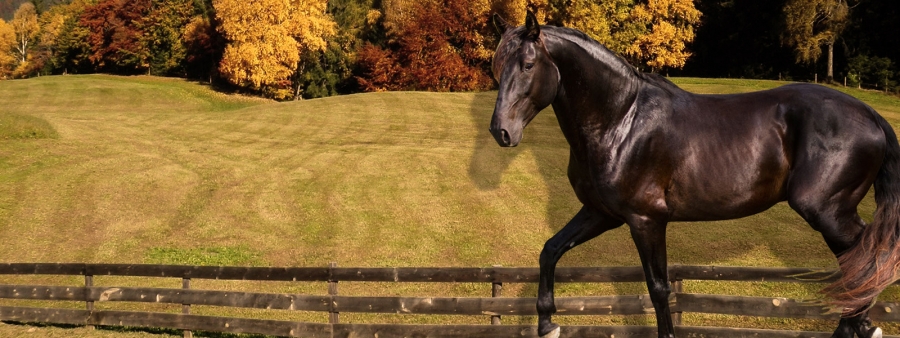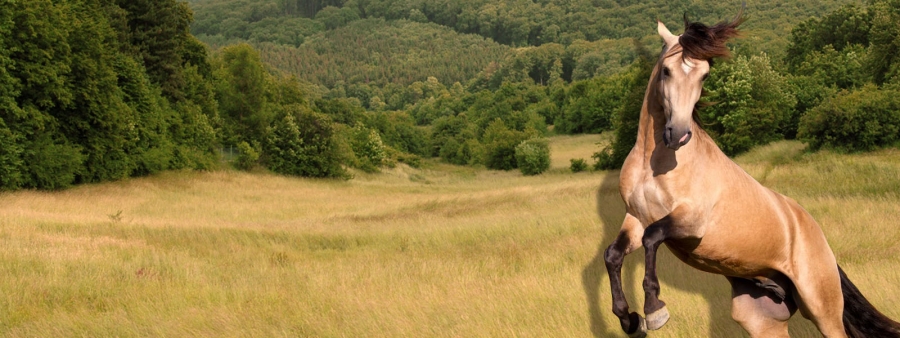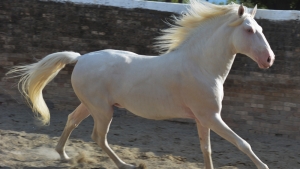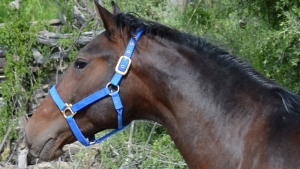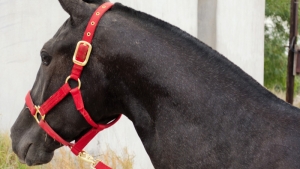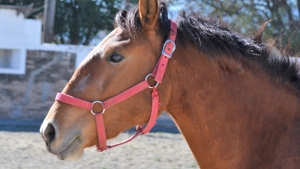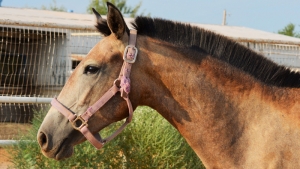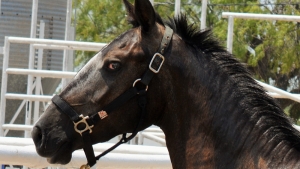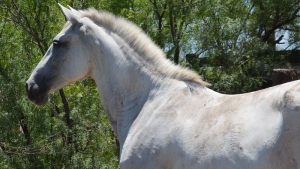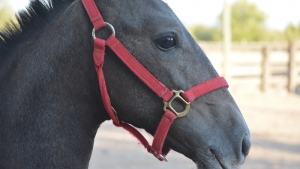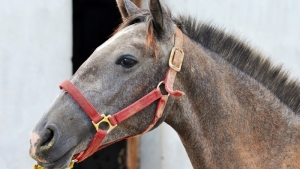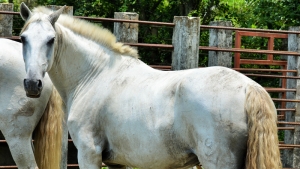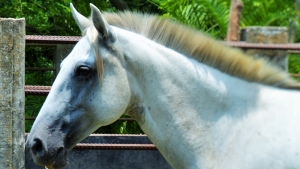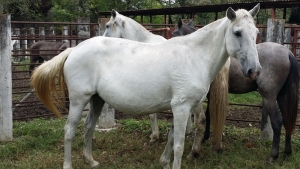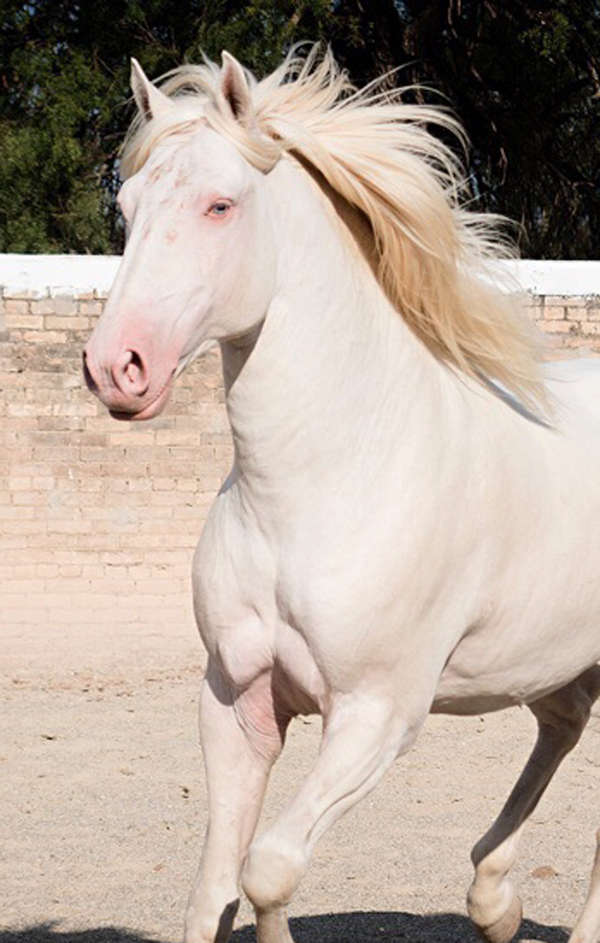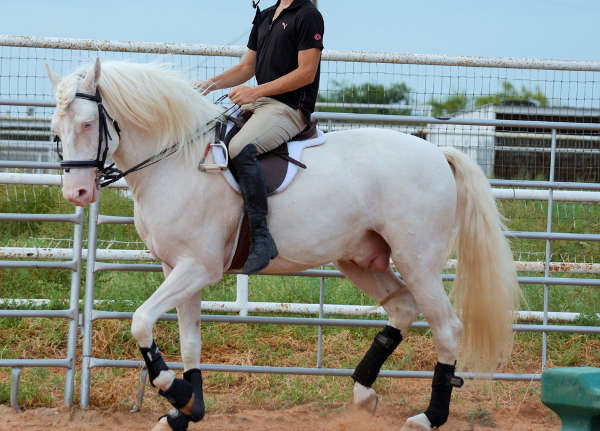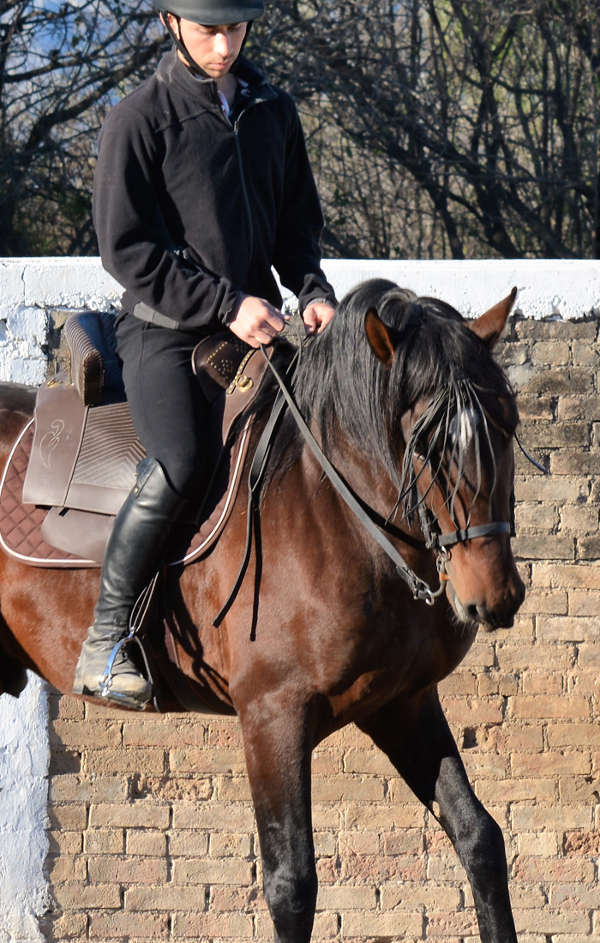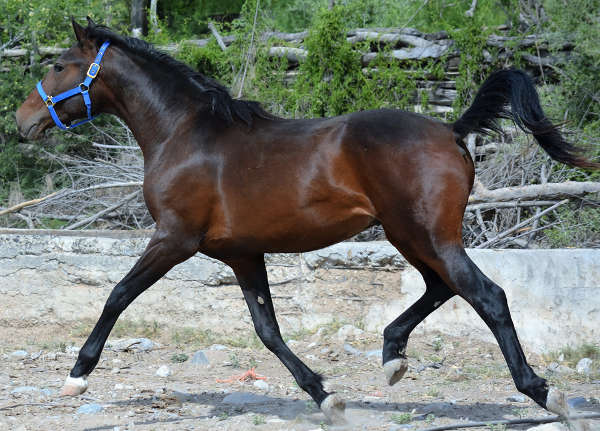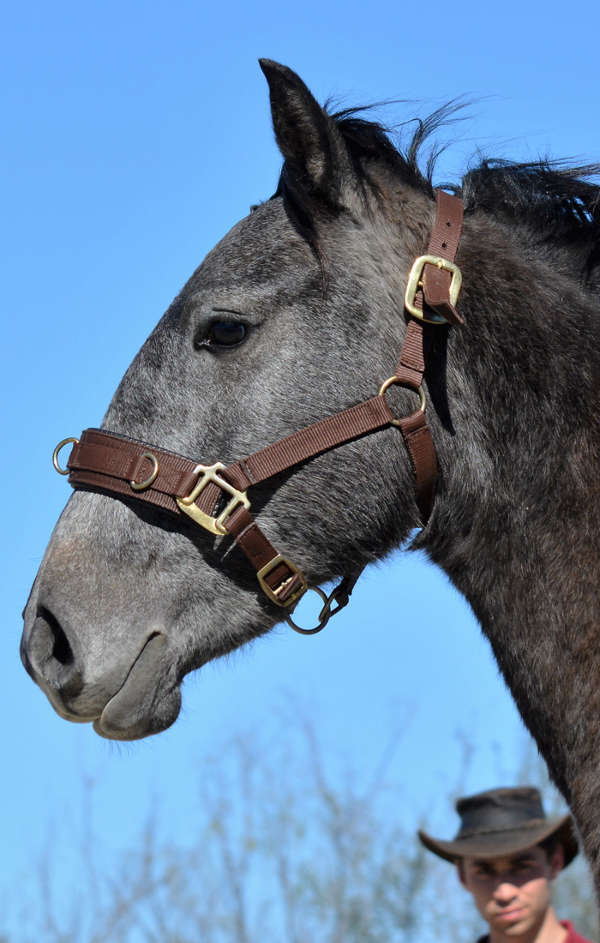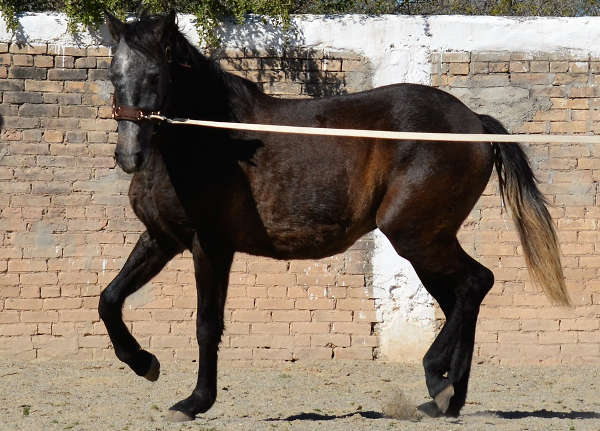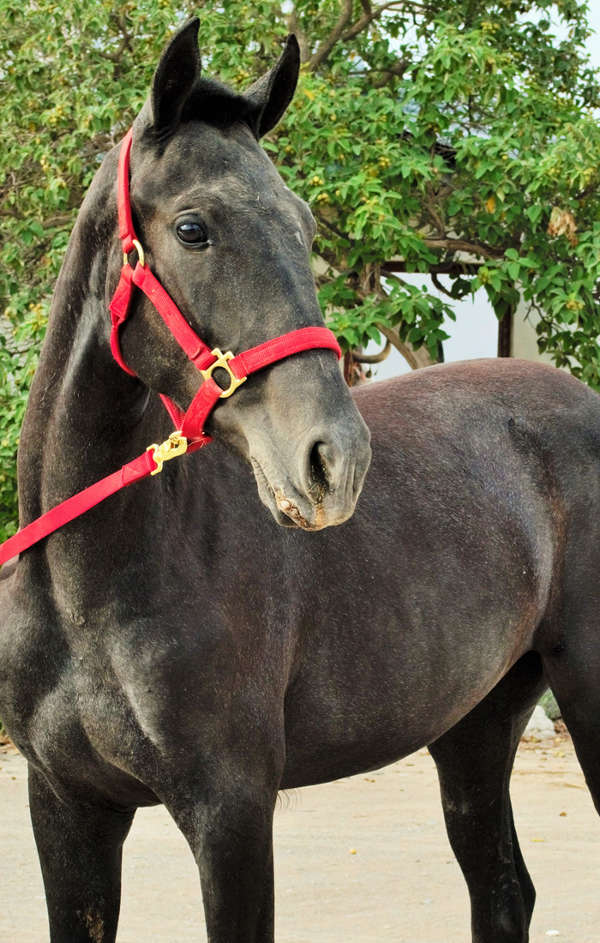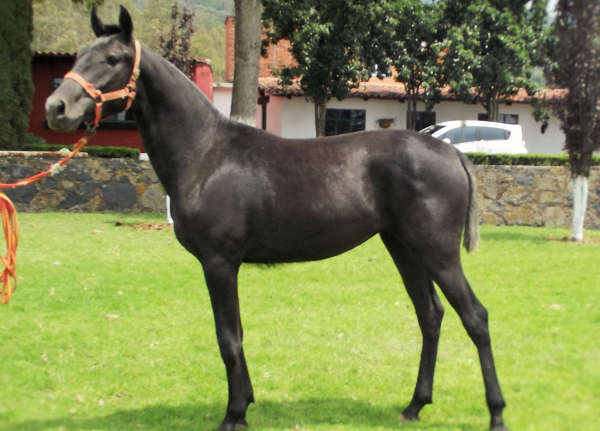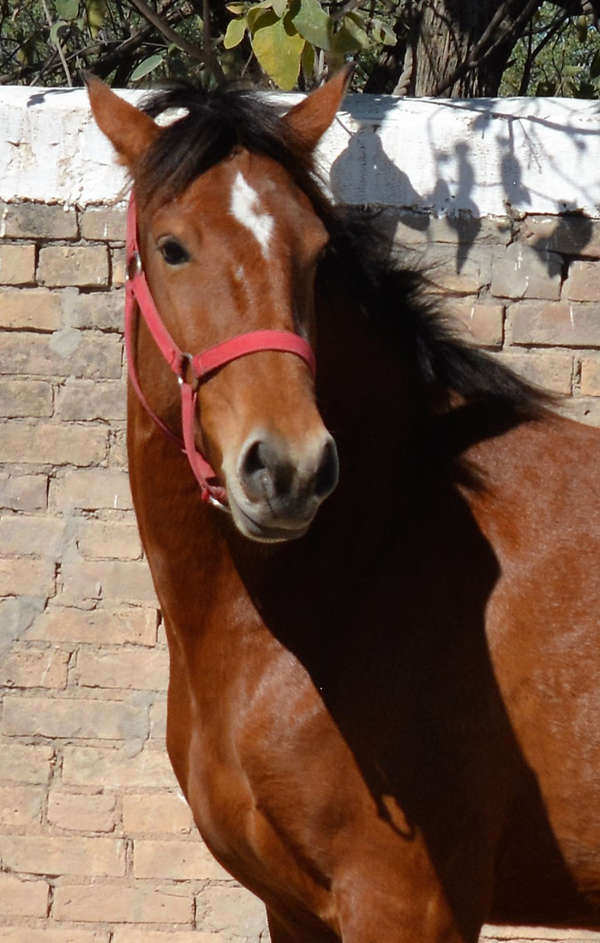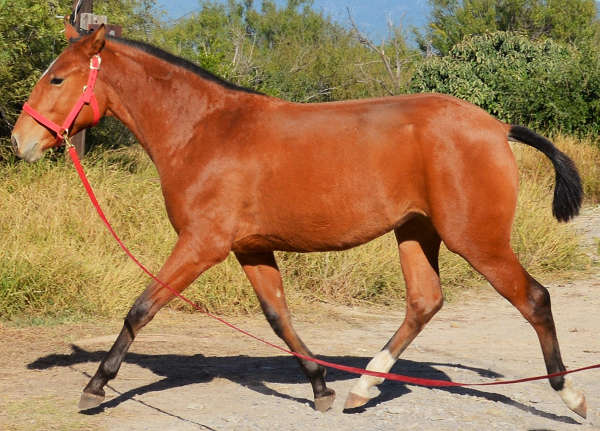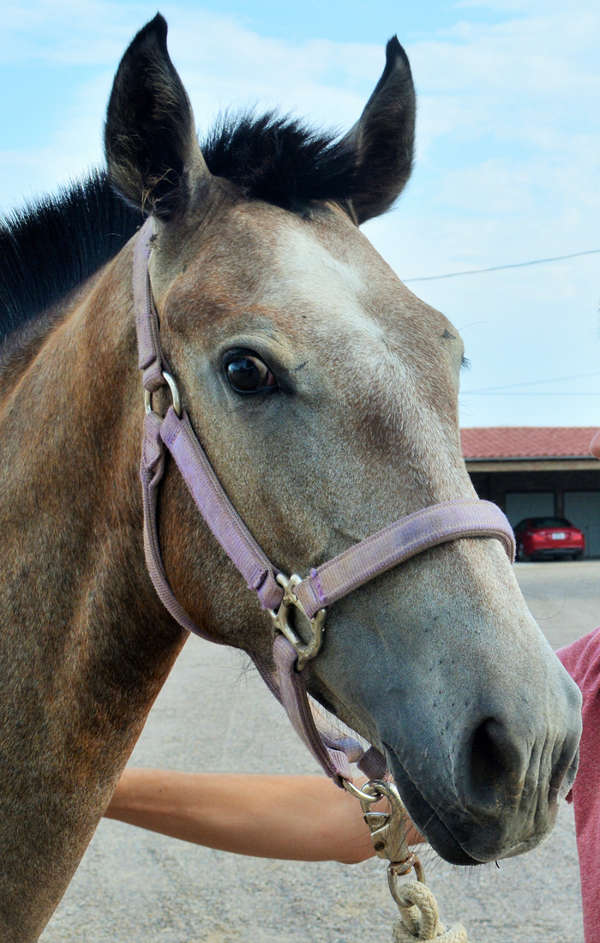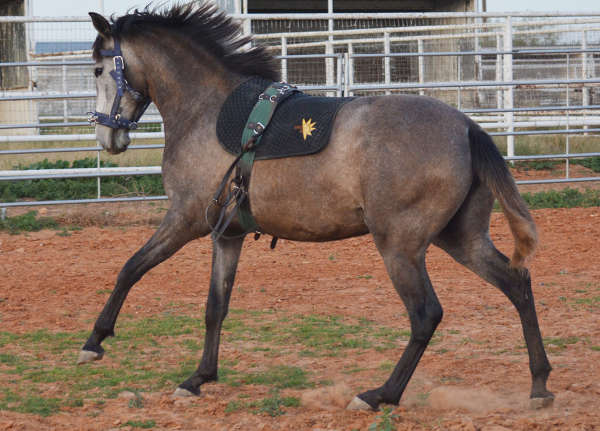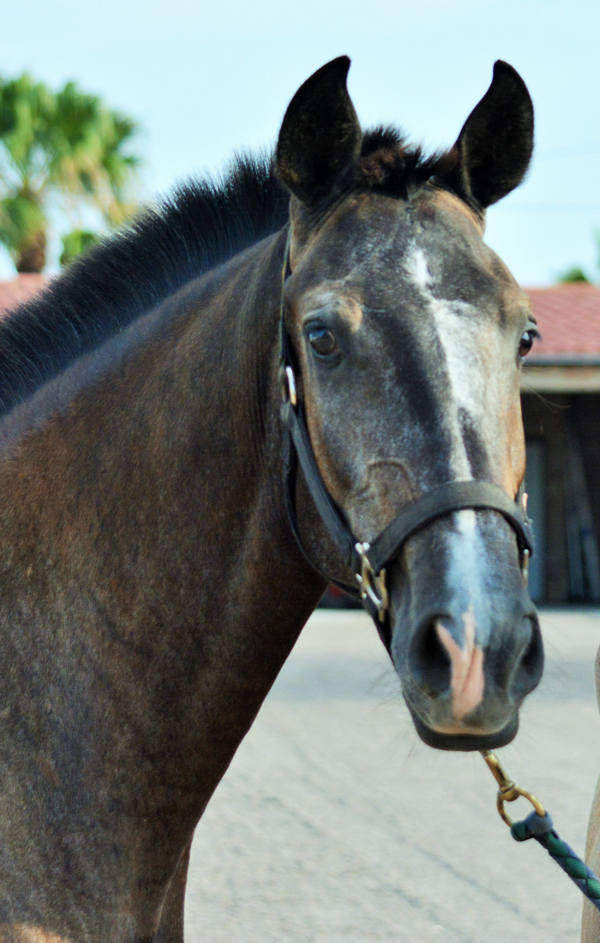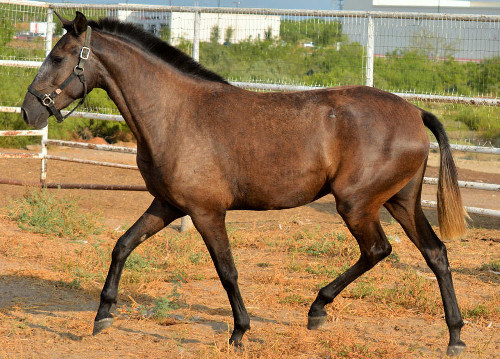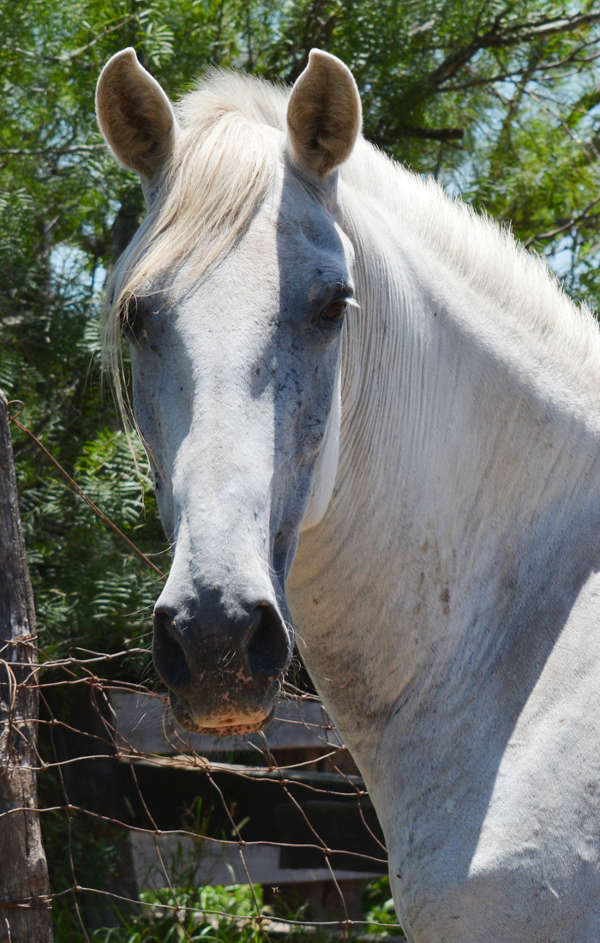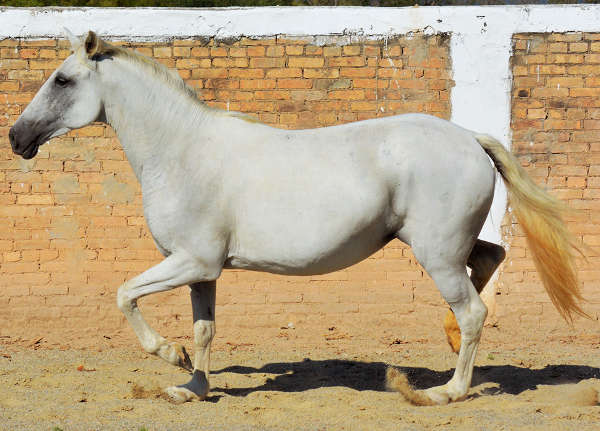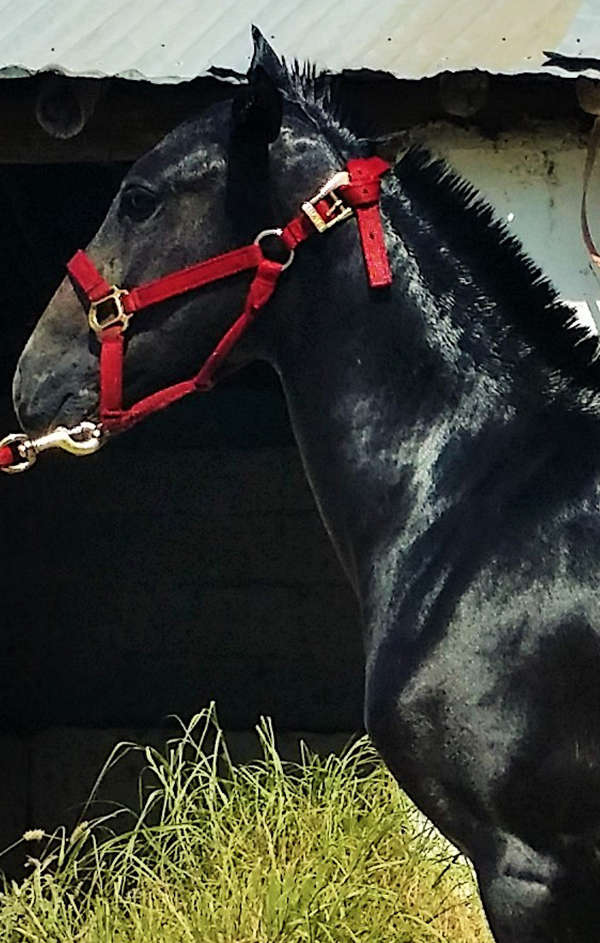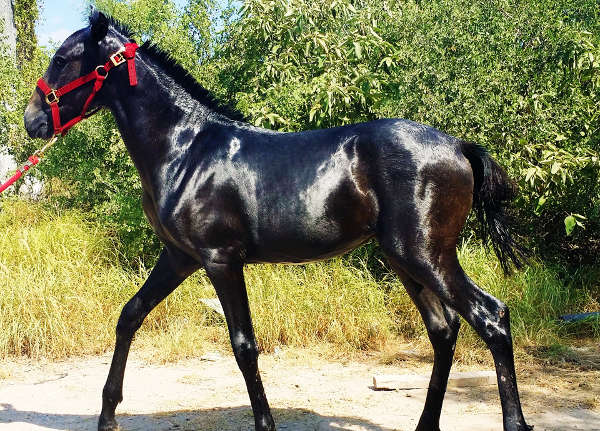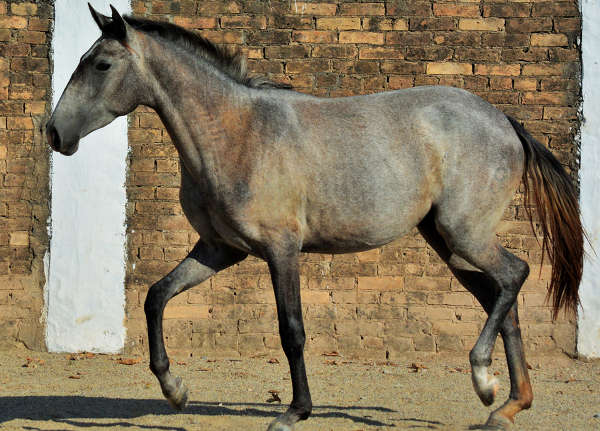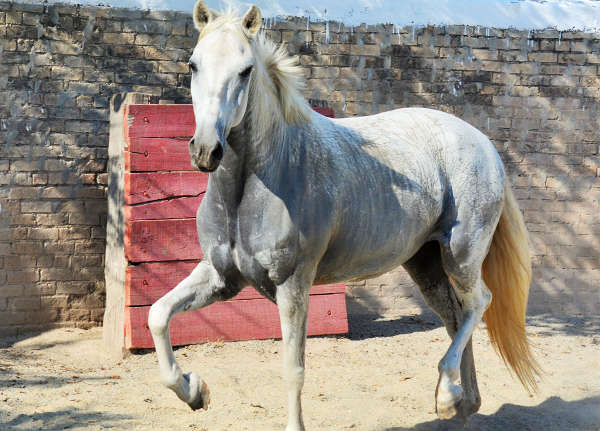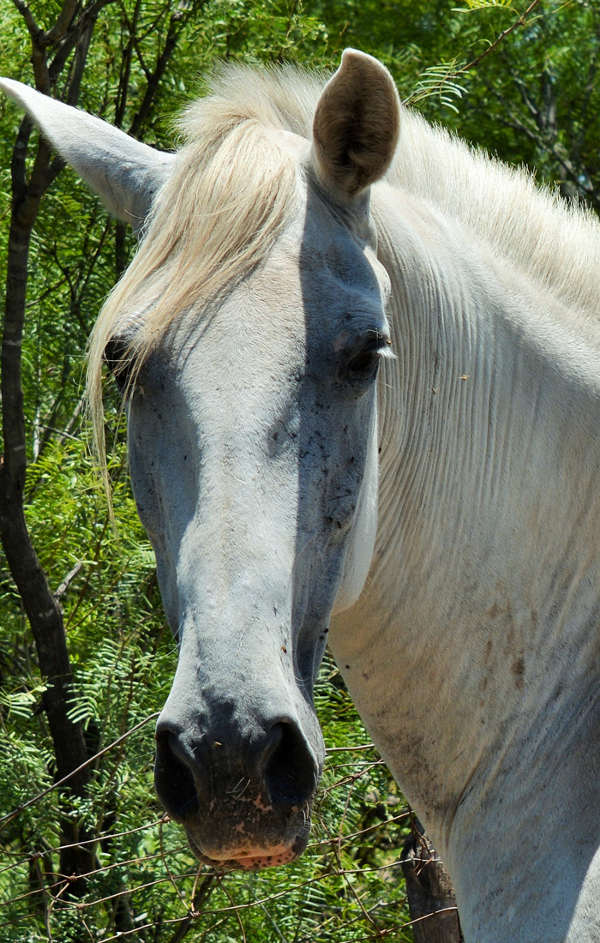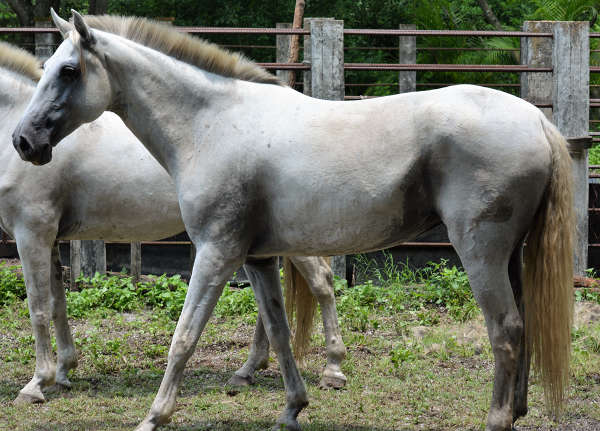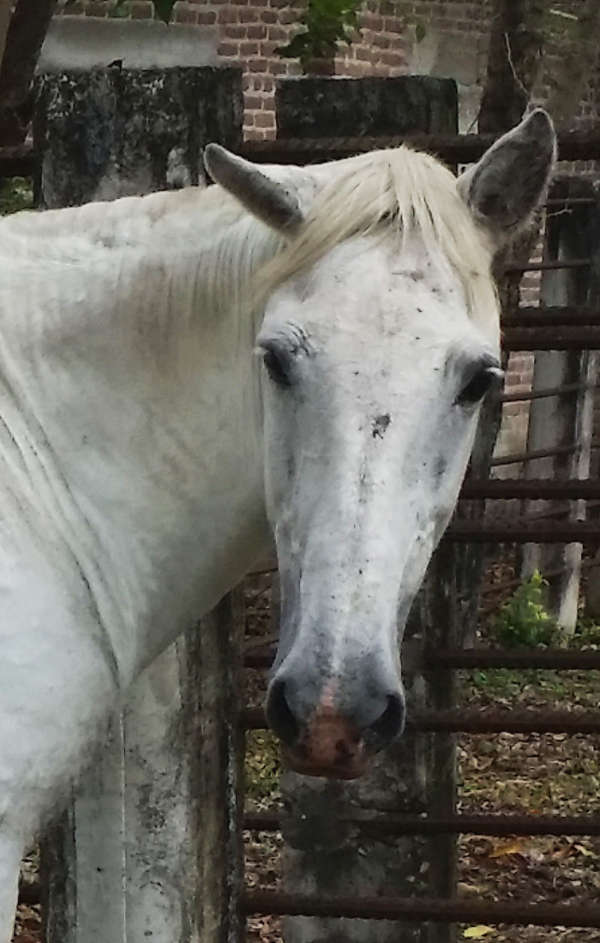BREEDING
Amongst the vast landscape of Northern Mexico, exposingits beauty in the subtlest balance betweentowering mountains and rich plains, there lays a place where our Lusitanos call home.Similar to their native region of Lusitania, since birth, they are welcomed to dense pastures and sloping terrains where they are free to roam in conditions ideal to reach their genetic potential, mentally and physically.At the Golondrinas stud farm,our lusitanos graze the hills in herds, allowing for strength, endurance, and mental capacity to be developed each and every day. Meticulous records are kept on every horse from the moment of their birth to the day they are bought and allowed to excel among the best in their discipline. Everything from their behavior among the herd and phenotypic features are assessed during these early years. What sets apart the breeding program at Golondrinas Lusitanos, and thus, what is offered, is the rigorous selection process and genetic analysis in place. After 3 years in rich pastures, colts and fillies are brought to the stables to begin their training. Henceforth, they will be in the hands of qualified trainers and assessed on a case-by-case basis. Trainers, adhering to classical methods of schooling, will identify and accentuate their…
ABOUT US
Our roots date back to Spain during the 1800’s when Golondrinas was founded with the intention of breeding the best bulls for bullfights. Having a history in Portugal with bullfighting dating back centuries, our affiliation with the Lusitano breed came naturally and the breeding of Lusitanos became an integral part of Golondrinas thereafter. Ever since, Golondrinas has become one of the most renowned breeding farms in Mexico and we have acquired,through painstaking effort, the knowledge and diligence that has allowed us to reach such a level. Our success is derived from the thorough collection of data and rigorous selection process. At Golondrinas Lusitanos, our work is, first and foremost, as breeders, then aslovers of this most unique breed
The Lusitano
DISCIPLINES
Golondrinas lusitanos
ZINFANDEL INTERAGRO
G - MORANTE GL
IRINA DC
IMPERIA JA
ITZEL DC
JICAMA DC
ITALIA DC
URSULA
Lucero GL
INGRATA
TIRANA
BRAGANZA
SAGRADA
- Calle Colombia km 111.5 Lampazoz de Naranjo, Nuevo León,México
- 01 956 235 4139 - 81 8356 3667
- golondrinas5d@gmail.com
